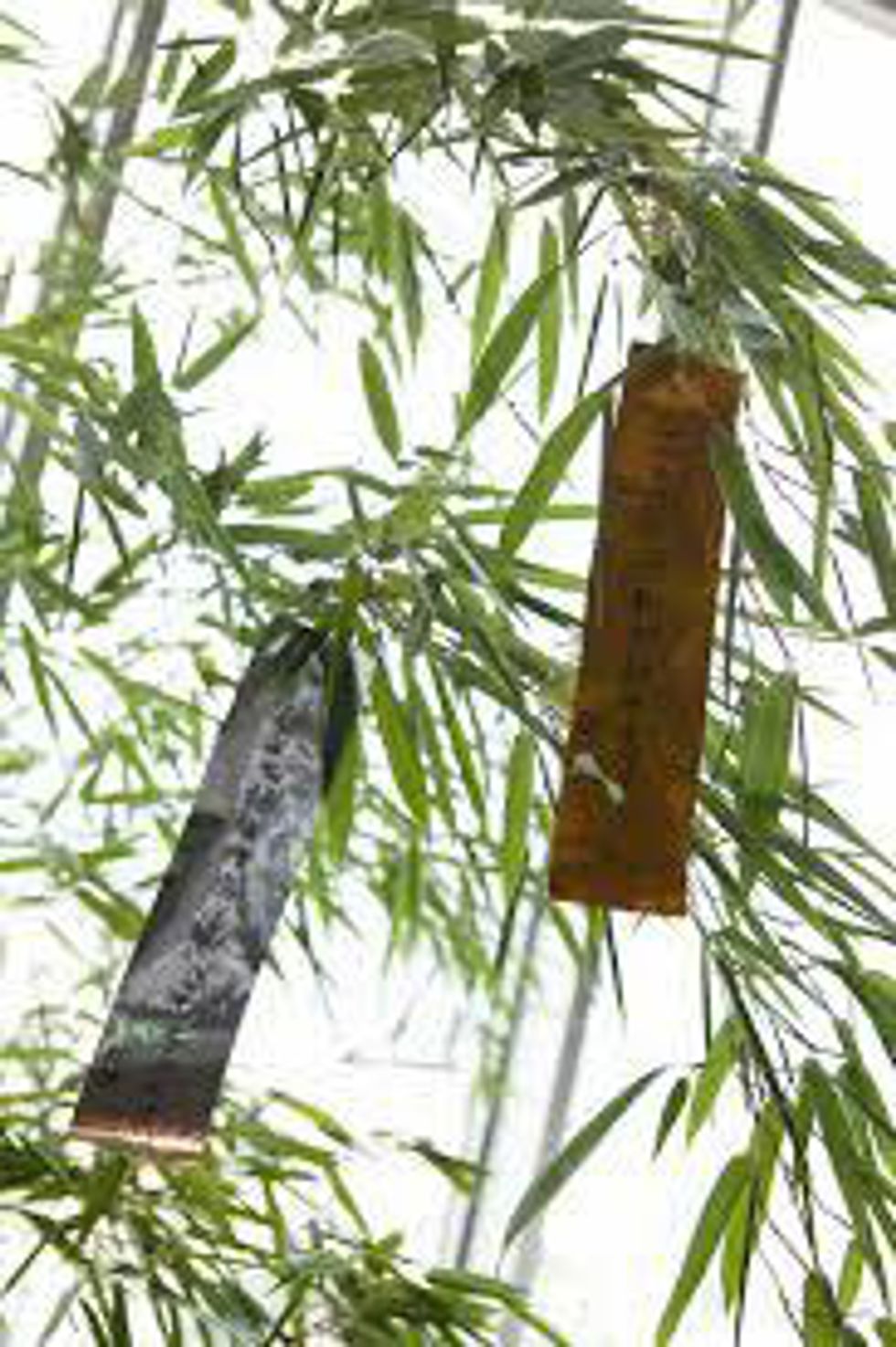When two young people fell in love, they would spend all their time together or thinking about each other when they were not together. Maybe you’ve experienced this in high school. Do you remember your parents giving you a small punishment because you forgot your responsibility after you started dating for the first time? It happens everywhere, in our lives, in Shakespeare, and in Tanabata: a Japanese folktale of two star-crossed lovers.
The story was inspired by Chinese mythology called “The Weaver Girl and the Cowherd.” Orihime (織姫), the daughter of Tentei (天亭), the sky king, wove the most beautiful clothes every day by the shore of Amanogawa (天の川), which literally translates to The Heavenly River. In English, this river is called The Milky Way. Then there’s Hikoboshi, a cow farmer who lived across the river from her working hard every day. When Tentei let them meet, they immediately fell in love and started to get lazy at work. In anger, Tentei separated Orihime and Hikoboshi across Amanogawa and told them that they could meet only on the seventh night of the seventh month every year. The night of July 7, a flock of magpies made the bridge with their wings across Amanogawa so the two lovers could meet.
Every year on July 7 in Japan, people celebrate the reunion of the two lovers in the sky by decorating the bamboo branches with origami. For Tanabata, they write their wishes on a piece of paper and also hang them from the bamboo branches. When Hikoboshi and Orihime successfully reunite, they are so happy that they go around the country making people’s wishes come true.























